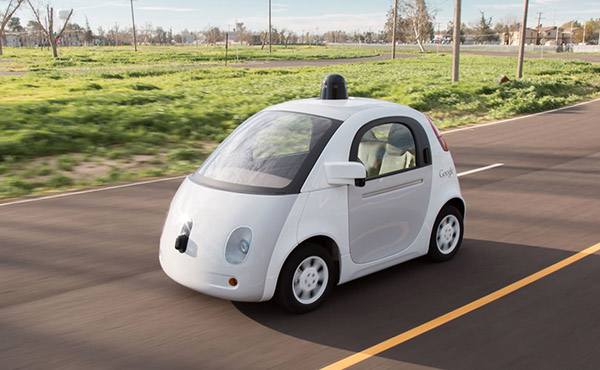-
Tips for becoming a good boxer - November 6, 2020
-
7 expert tips for making your hens night a memorable one - November 6, 2020
-
5 reasons to host your Christmas party on a cruise boat - November 6, 2020
-
What to do when you’re charged with a crime - November 6, 2020
-
Should you get one or multiple dogs? Here’s all you need to know - November 3, 2020
-
A Guide: How to Build Your Very Own Magic Mirror - February 14, 2019
-
Our Top Inspirational Baseball Stars - November 24, 2018
-
Five Tech Tools That Will Help You Turn Your Blog into a Business - November 24, 2018
-
How to Indulge on Vacation without Expanding Your Waist - November 9, 2018
-
5 Strategies for Businesses to Appeal to Today’s Increasingly Mobile-Crazed Customers - November 9, 2018
NHTSA says Google’s autonomous systems could replace the driver
The NHTSA’s ruling would allow Google’s autonomous pod to pass the Federal Motor Vehicle Safety Standards test, meaning that the company could mass produce and market it, and that the vehicle would actually be allowed to travel on roads or highways anywhere in the country.
Advertisement
“We agree with Google its [self-driving vehicle] will not have a “driver” in the traditional sense that vehicles have had drivers during the last more than one hundred years”, the letter reads. The director of Google’s self-driving vehicle project said the agency’s decision “will have major impact” on its development, according to a November letter reviewed by Reuters on Wednesday.
Google (aka Alphabet) has recently been rumored to be planning the launch of a subsidiary company to put its self-driving cars to work on the road in real-world situations, such as offering autonomous ride-sharing services in parts of California and Texas this year.
The U.S. federal transport safety regulator is coming around to the view that rules could be updated so that computers in autonomous cars can be considered as drivers, but added that the rule-making could take some time. In this case, it would only need to be “visible” to the self-driving operating system, or in other words, the SDS would need to be notified in some way.
All participants in the autonomous driving race complain that state and federal safety rules are obstructing testing and eventual deployment of such vehicles.
The SDS is an artificial-intelligence (AI) driver, which is a computer designed into the motor vehicle itself that controls all aspects of driving by perceiving its environment and responding to it.
The NHTSA did stress the AI tech is still liable to meet the safety regulations before being allowed on the road.
However if the NHTSA is ready to name AI as an alternative to a human-controlled vehicle, then it could signal the process of finally putting these vehicles on the road.
Commenting on NHTSA’s interpretation that the robot technology can count as a driver, Anthony Foxx, Secretary of Transportation said, “We are taking great care to embrace innovations that can boost safety and improve efficiency on our roadways”. Google told NHTSA that having secondary manual controls could actually be unsafe, because it would encourage humans occupants to override the autonomous system’s decisions.
“In a number of instances, it may be possible for Google to show that certain (federal) standards are unnecessary for a particular vehicle design”, Paul Hemmersbaugh, the highway traffic safety agency’s chief counsel, wrote. Urmson also noted that automated systems, such as Google’s, “react faster than human-driven cars” and “will not be subject to driver distraction or impairment”.
Advertisement
The vehicle design of Google has removed all conventional controls, like the steering wheels and brake pedals.





























